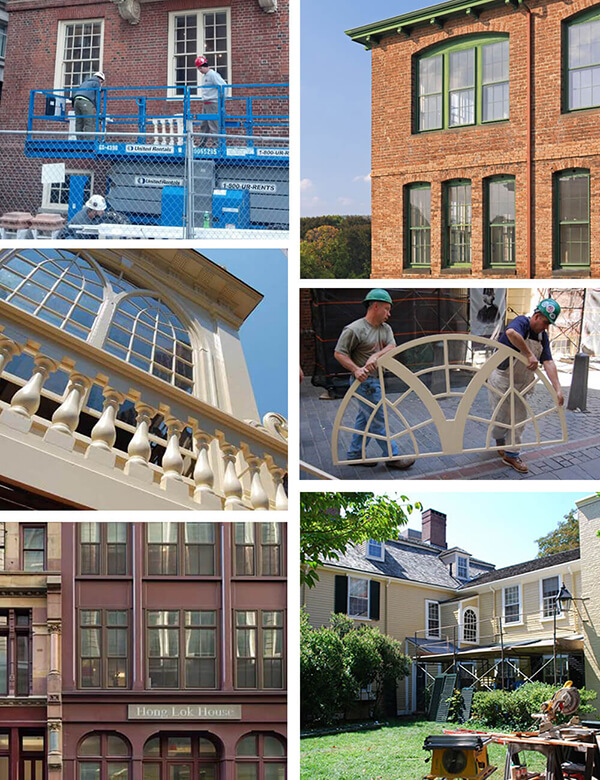As a woman running a business in the construction industry, people may assume I am…

A Few Things Every Architect, Construction Manager or Heritage Property Owner Should Know About Preservation
Historic buildings have a special place in our culture. We value them for the history they represent. Often, they are uniquely beautiful symbols of bygone eras. Many people and organizations work hard to ensure that older buildings are preserved. But there are some things that people outside the preservation field do not always know. Even professionals in architecture and construction do not always have a deep knowledge of preservation’s unique place in their work. There are of course many benefits to preserving older buildings and some curiosities about historic buildings that make the finished product remarkable, but there are also situations where it is not advisable. Gaining a better understanding of the preservation of older buildings is important for construction managers, heritage property owners and architects.
Many people think that preservation is more expensive than new construction. This can be true on occasion, but typically historic preservation is more cost effective than new construction. Upgrades and renovations of historic buildings are usually less expensive than the cost of a new building. Older buildings were designed differently because they did not have the many conveniences we have now. Windows were designed to last for a century and buildings were designed to take maximum advantage of the site they were built upon for maximum light and airflow to keep the buildings cool in summer and warm in winter. These benefits can be capitalized on by the modern architect.
Old buildings have embodied energy, that is the amount of energy associated with extracting, processing, manufacturing, transporting and assembling building materials. Demolition followed by new construction discards the embodied energy and requires new and greater expenditure of energy and resources. The demolition of a historic building adds an additional burden to our landfill and requires that new resources be harvested or manufactured as materials for a new building. Approximately 25% of the material being added to landfills is demolition and construction waste. Demolishing one typical two-story commercial building eliminates all the environmental benefits of recycling 1,344,000 aluminum cans.
There are times when it is not advisable to preserve a historic building. Demolishing a property of historic value can be a tough call, but sometimes it is the right choice. Experts should determine whether the structure is sound and if it poses any threat to the properties around it. Demolition by neglect is the term used to describe a property that has been so severely neglected that it has potentially deteriorated beyond the point of repair. This can be intentional or unintentional. Owners may intentionally allow the building to deteriorate in order to circumvent historic preservation regulations. Or they may just not have the required funds to make repairs and over time those repairs increase in number and cost. Though a difficult decision, occasionally demolition is the best choice.
The preservation of historic buildings can offer some unique results. When structures become disused or abandoned, adaptive reuse can be the perfect way to breathe new life into an old building, while conserving resources and historic value. The northeast was a stronghold of the textile industry in the 19th century. Many of these beautiful buildings stood empty for decades – since the textile industry relocated. In recent years, these old mills have been turned into apartments, condos, office space, restaurants, retail stores and artist studios. They are revitalizing communities where open land for new construction is scarce and the community’s desire for new business development requires a creative solution. Architectural firms worldwide are turning to adaptive reuse as a solution to some of the modern problems of the built environment.
Architects have an interesting opportunity when they work with historic properties. They need to find a way to make the new design of the restoration blend and compliment the historic section of the property. If there is a choice to save historic details when renovating, there is always a way to enhance the aesthetics of the building and its interior spaces, whether by saving a monumental window or preserving antique crown moldings and balustrades. When a glimpse of a well-worn but well-cared-for interior detail catches the eye, it can add depth and interest, even to a basic utilitarian space.
Construction managers, heritage property owners and architects have an important role to play in the preservation of historic buildings. These professionals can do their jobs better if they gain a more thorough understanding of the unique aspects of preservation. These include the benefits of preservation, the situations where preservation is not advisable and the unique opportunities that historic preservation offers.




